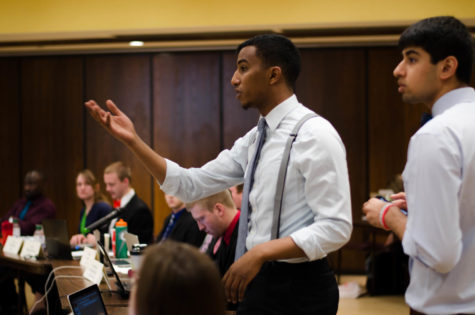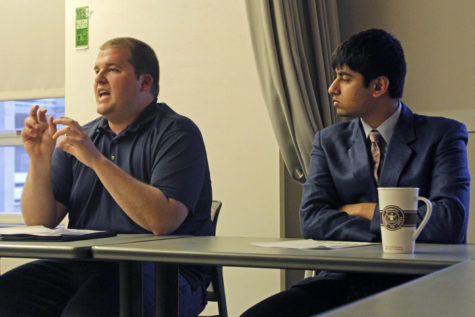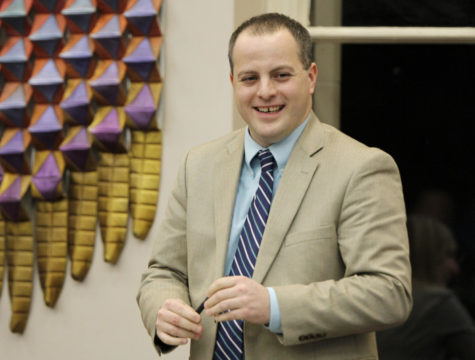GSB to begin allocating funds for ISU student organizations
September 26, 2007
Student clubs at Iowa State can expect Wednesday night’s Government of the Student Body meeting to begin the long process of club funding.
Ryan Myers, graduate in accounting and finance director of GSB, said Wednesday’s meeting may not be the most important, but the bylaw changes are all things that need to be done.
“It really is all grammatical changes,” Myers said. “It’s not really going to change anything, but it does have to get done.”
While the effects of the meeting may not be felt immediately, there are actions taking place within the next month that are sure to affect a number of campus groups. On Oct. 15, the university will release reports regarding the financial statuses of campus groups looking for funds from GSB’s special allocation process. GSB will debate and come to a decision regarding those particular groups on Oct. 24.
Normally, the GSB doles out nearly $1.1 million in funding during its regular allocations process in the spring, whereas the decisions made in late October will be pushing nearly $30,000 dollars.
Along with direct funding of campus groups, the GSB is in charge of the student organization recognition policy. The policy will help keep tabs on the nearly 650 student groups at Iowa State while making sure they have a working constitution, an adviser and are fully functional as a group.
GSB President Brian Phillips, senior in political science, said the evolution of how ISU clubs operate on campus will be in large part a function of GSB’s recognition policy.
“It was passed last year and basically it reorganizes how clubs and organizations function on campus,” Phillips said. “It changes things like how many members they need to have in order to be a functioning club on campus. We also look at the makeup of the membership, whether it’s just students, students and members of the community or students and facility members.”
Other projects the GSB will be putting into action in the near future include automating the Campanile clock so the chimes can be turned off more easily and a proposed project to install lighting around the south shore of Lake LaVerne.
“What we’re doing is talking to [facility planning and management] about making the clock a digital process, because it costs groups 60 dollars each time they want to have it turned off during an event,” Phillips said. “We’re also working with them about looking into the possibility of putting lighting on the south side of Lake LaVerne because the walking path back there is completely dark.”









